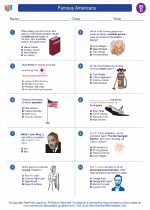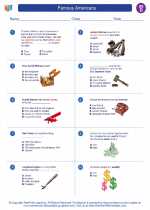Eurasia
Eurasia is the combined landmass of Europe and Asia. It is the largest and most populous continent on Earth, covering about 36.2% of the planet's total land area and hosting about 60% of the world's population. The division between Europe and Asia is somewhat arbitrary and based on cultural and historical factors rather than strictly geographical boundaries.
Geography
Eurasia is characterized by a diverse range of geographical features, including vast plains, high mountain ranges, extensive plateaus, and a variety of climates. It is home to some of the world's major rivers, such as the Volga, Danube, and Yangtze, as well as important mountain ranges like the Himalayas and the Ural Mountains.
History and Culture
Eurasia has been the cradle of many ancient civilizations, including those of Mesopotamia, the Indus Valley, and China. The continent has been shaped by the rise and fall of empires, the exchange of goods and ideas along the Silk Road, and the interactions between diverse cultures and peoples. It's a rich tapestry of languages, religions, and traditions.
Study Guide
- What are the two continents that make up Eurasia?
- What percentage of the world's land area does Eurasia cover?
- Name two major rivers located in Eurasia.
- Which ancient civilizations were located in Eurasia?
- How has the Silk Road influenced the history and culture of Eurasia?
By studying Eurasia, we can gain a deeper understanding of the interconnectedness of human societies and the impact of geography on the course of history.
[Eurasia] Related Worksheets and Study Guides:
.◂Social Studies Worksheets and Study Guides Fourth Grade. Famous Americans

 Worksheet/Answer key
Worksheet/Answer key
 Worksheet/Answer key
Worksheet/Answer key
 Worksheet/Answer key
Worksheet/Answer key
